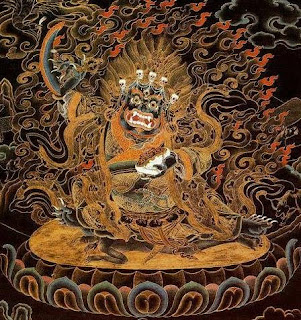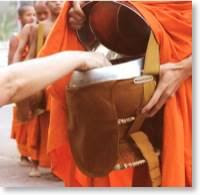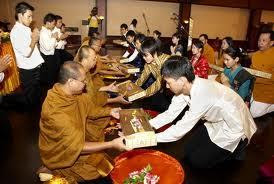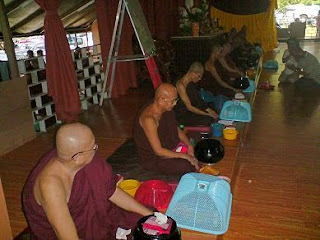Fortune Prayer of Prosperity God Mahakala

The Association of Pureland Amitabha Buddhist, Ipoh will be holding an annual Fortune Prayer of Prosperity God Mahakala from 25 December to 26 December 2010 (Saturday and Sunday) from 9.30 am to 5.00 pm. The event would be carried out at the association's premises situated at Taman Saikat, Ipoh, Perak and the two days prayer would also be personally hosted by Venerable Master Fa Xuan. Event Programme: 9.00 am : Arrival of Participants 9.30 am to 4.00 pm : 1) Commencement of Assembly 2) Incantation, Purification Ceremony 3) Lamp Lighting Ceremony 4) Dharma Talk (in Cantonese) 4.00 pm to 4.30 pm : Fortune Prayer 4.30 pm : Lucky Draw (only on 26 Dec) 5.00 pm : End For more information, and those who are interested to participate, please do not hesitate to contact the association's office telephone: 053113213, fax: 05-3113214.




















